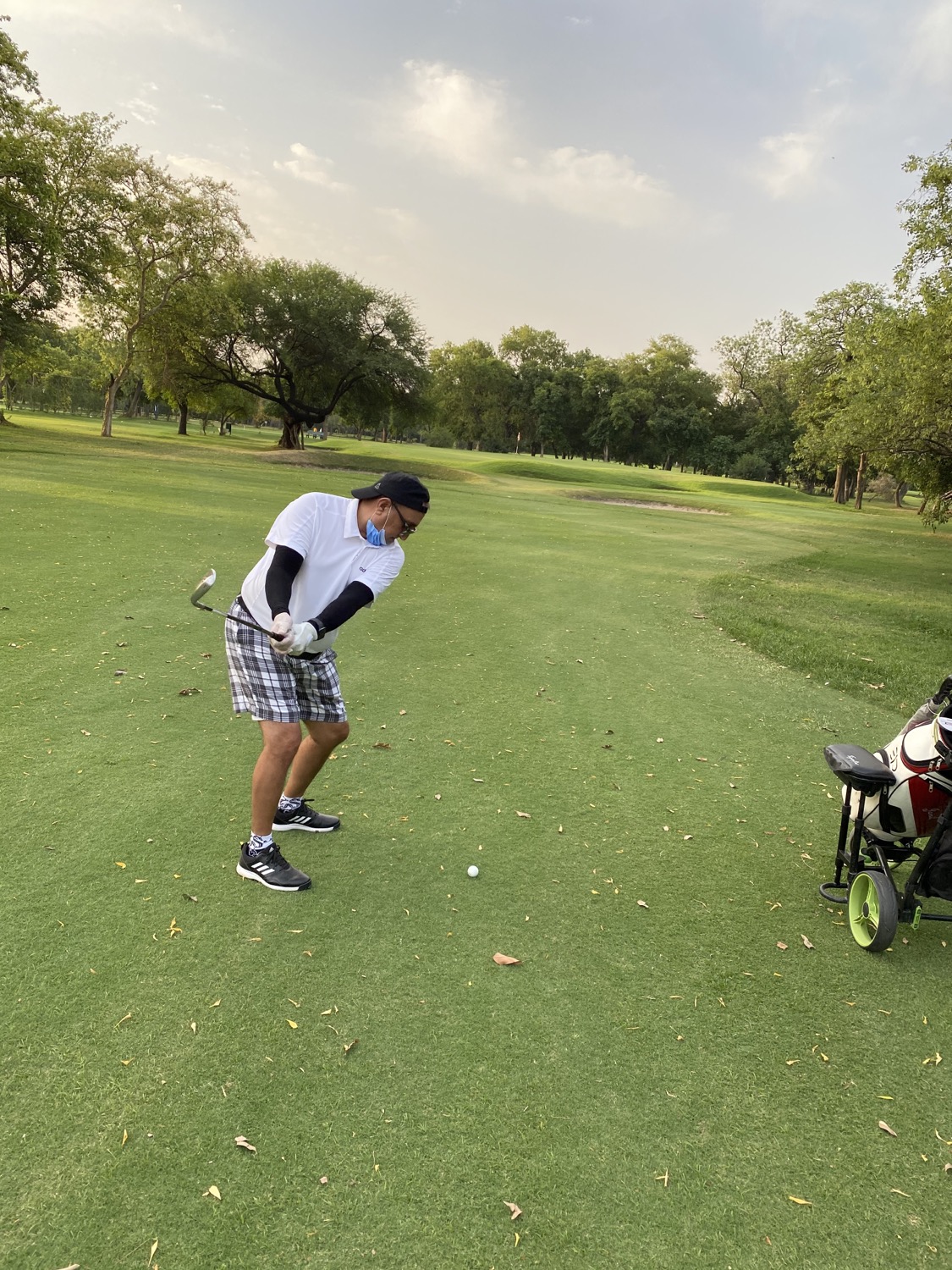The Leap Forward
- Ahsan Jamil

- Mar 11, 2022
- 3 min read

Near the historic vicinity of Garhi Shahu, Lahore, there stands a tall communication tower loaded with satellites linked to various companies. Close by, a glorious minaret of Shalimar Garden burns in anger. It objects to the presence of the ugly communication tower. The communication tower has no architectural value. Rather, it tries to undermine the articulation of the garden.
Although the distance between the aforementioned minaret of Shalimar Gardens and the communication tower is less than a mile, it took humans five centuries to cover these yards. That garden tower was created to keep Lahoriattes at bay—away from the emperor’s activities. On the other hand, communication towers make it possible for humans to talk to each other telephonically. It evaporates the distances between them that sometimes stretch across continents. Societies run on such communication. And towers play a vital role, too.
At the second green of the Royal Palm Golf & Country Club, there is a spot from where we can see the present amalgamating the past. The horizons of different eras meet here. Lahore has seen so much over the millennia. Lahore had been a regional political, cultural, business capital of Punjab. The city has witnessed the Harappan civilization controlling the rivers and their deltas. Mughals played a kinetic role in shaping Lahore as their launch pad. On the other hand, the Ranjeet Singh dynasty gave it a taste of indigenous rule. The British finally brought Lahore into the modern world. In the age of riverboats, Lahore served as a great trading port on the banks of the River Ravi. When Sher Shah Suri identified the grand dirt routes between Delhi and Kabul, Lahore again became the heart of that journey. The British railroads did the same. Lahore has been the Bilistring trade center and major marketplace in the land of five rivers. It is surrounded by the most fertile delta, which is known as the food basket of the world. Centuries meet here and it is a melting pot of cultures. A round of golf at the Royal Palm is a walk through history. On the east of the golf course floats an irrigation canal taking water from dams to the agricultural farms. Beyond that canal sits the cantonment and other modern housing societies. To the west, a railroad runs across the country. Behind that revolves the city and then the walled city.
Lahore continued to grow and remained relevant because of its immense capacity to learn. Its adjustability and acceptance of newer trends and technologies is truly remarkable. Lahore has enormous eppitite to embrace change. The RPGCC itself has seen multiple transformations. From the railway officers' club of the British Raj to the present day, it has seen numerous administrations and a host of changes. Once, its water hazards served as water reservoirs serving the railways workshops. Today they stand as fish ponds within the club. They are deep and extensive. The course grew from a small three-hole practice course to the present eighteen-hole tournament course.
A radicle emerges from a germinating seed to fetch water to shoot to the plumule, which gradually develops into leaves and stems, and then a trunk and branches. These are all changes the seeds must go through, but first it has to shed its testa. In order to embrace change, we too need to emerge from our testas.
Anyhow, change is a strange phenomenon; it repents progress. They say nothing stays the same, yet Led Zeppelin sings, “Song remains the same.”
“Try not to resist changes that come your way. Instead let life live through you. And do not worry that your life is turning upside down. How do you know that the side you are used to is better than the one to come?”
Rumi
Credits
Royal Palm GCC
YouTube
By
Ahsan Jamil
Golfer, Blogger, Entrepreneur, Author, Poet, Wanderer, photographer, Rebel.
Email: Golfaij@gmail.com
Website: Golfaij.com
YouTube: Morning with Golf







Great sir👍
Journey of human life spread over centuries has been beautifully expressed in five minuets read👏🏻👍🏻